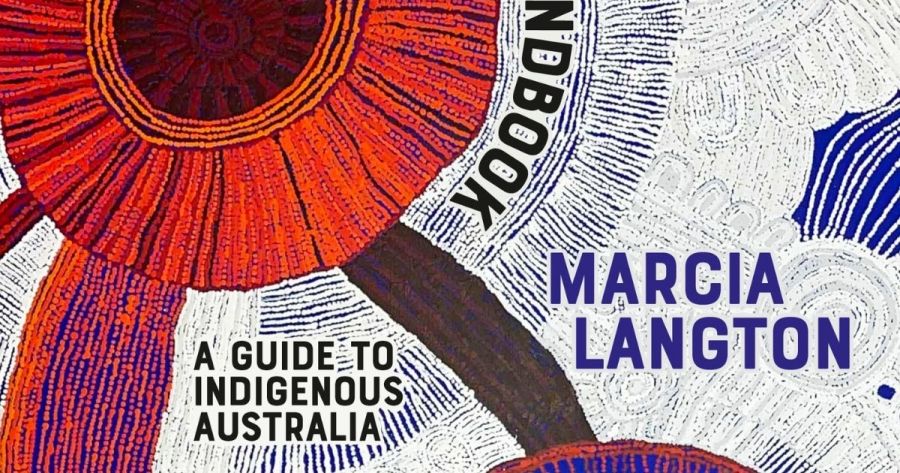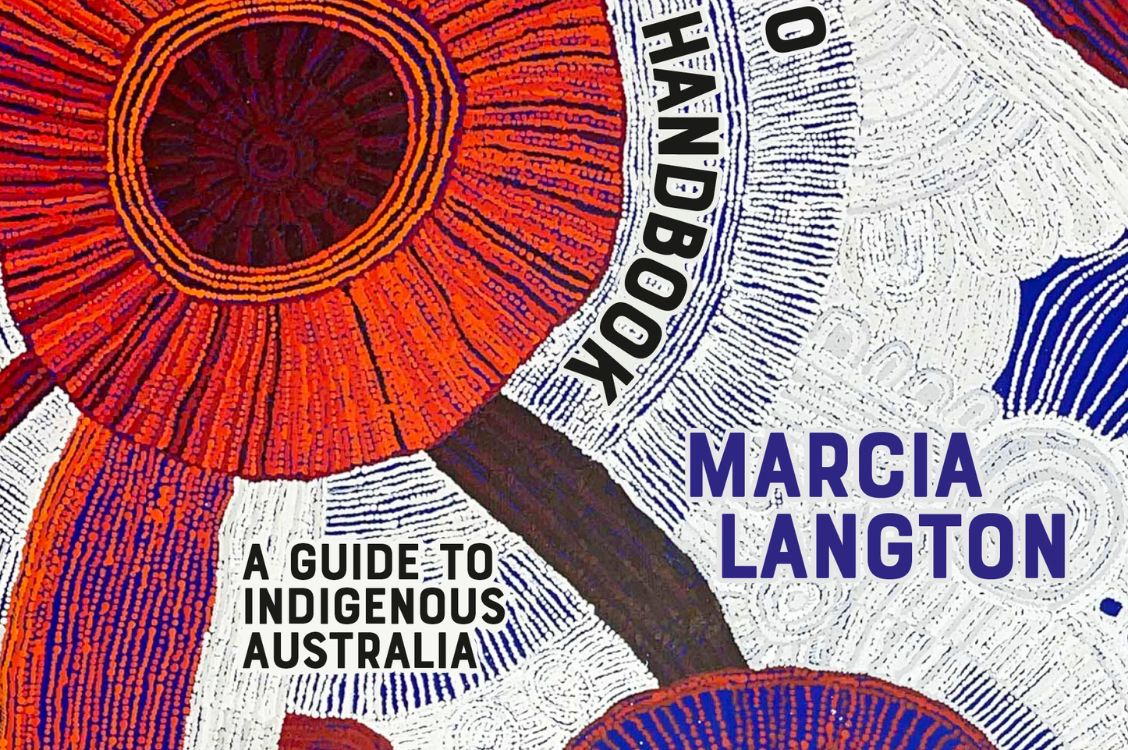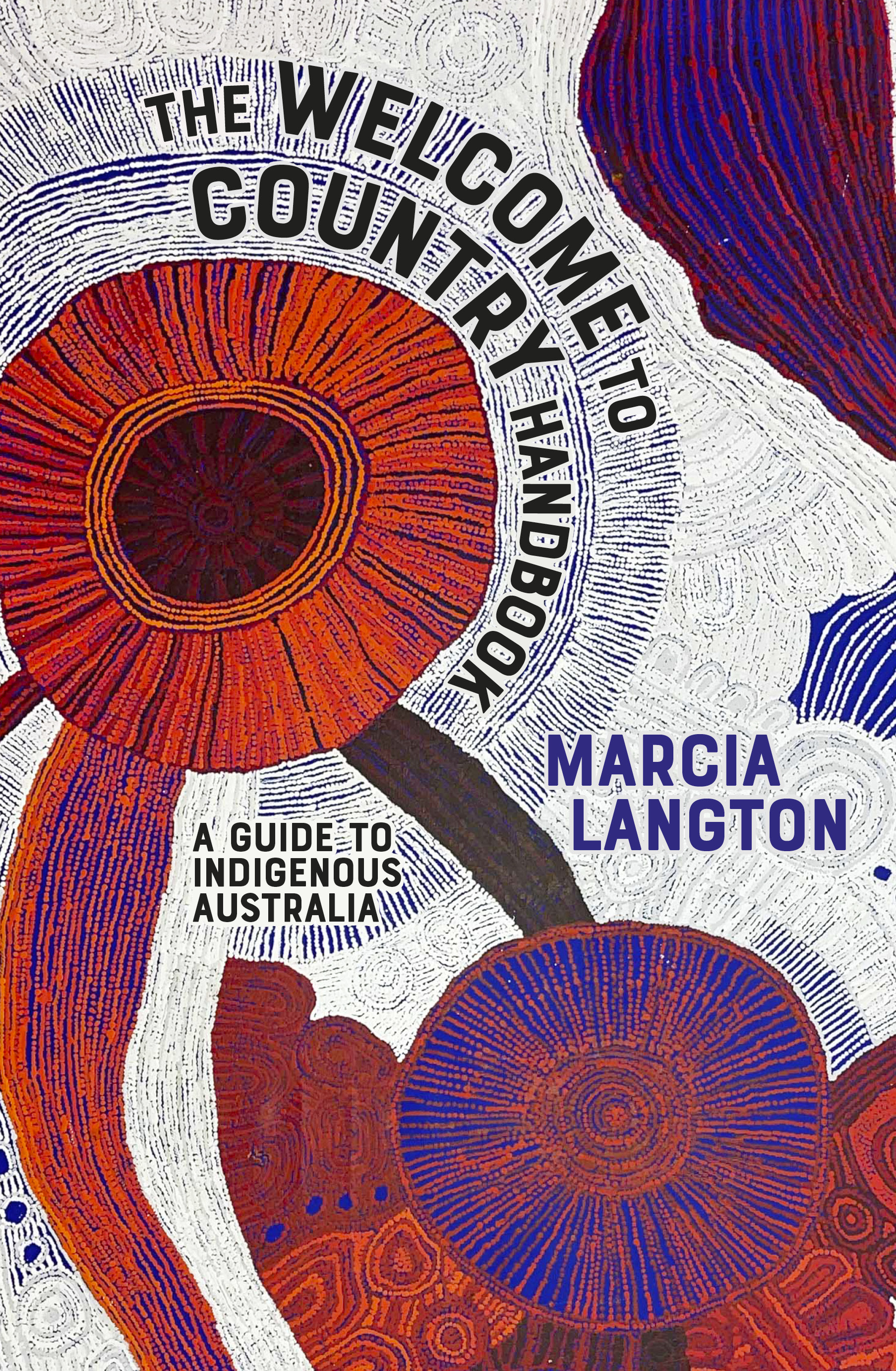
- Free Article: No
- Contents Category: Indigenous Studies
- Review Article: Yes
- Article Title: Draw closer
- Article Subtitle: A road we can all travel
- Online Only: No
- Custom Highlight Text:
Walking into Sydney’s iconic Abbey’s Bookshop, I noticed a prominent display of books devoted to the campaign to recognise Indigenous peoples in the Australian Constitution. Some of the books were new to me; all were written with great care and doubtless published for the moment. Marcia Langton’s The Welcome to Country Handbook: A guide to Indigenous Australia wasn’t among them, perhaps because of its newness, perhaps because it transcends the moment, its title signposting a broader remit. Langton’s wide-ranging knowledge, irrepressible curiosity, and longstanding engagement with culture, education, and politics bring a breadth to the work that few others could offer.
- Featured Image (400px * 250px):

- Alt Tag (Featured Image): Sandra R. Phillips reviews 'The Welcome to Country Handbook: A Guide to Indigenous Australia' by Marcia Langton
- Book 1 Title: The Welcome to Country Handbook
- Book 1 Subtitle: A guide to Indigenous Australia
- Book 1 Biblio: Hardie Grant Books, $32.99 pb, 286 pp
- Book 1 Cover Small (400 x 600):

- Book 1 Cover (800 x 1200):

This volume stands alone; while it contains much of the content published in Langton’s Welcome to Country: A travel guide to Indigenous Australia (Hardie Grant Travel, 2021), it meets the moment of the 2023 referendum. It helps to prepare us for it, as well as helping prepare us for the aftermath, irrespective of the outcome. The Travel Guide, true to its genre, is oriented to the experience of travel, with its revised and extended directory of Indigenous-owned or -operated tourism experiences, including maps and stunning photography by renowned photographer Wayne Quilliam.
It is possible that the decision to bring a largely narrative-based version of the seminal content from 2018 and 2021 was intended to give readers access to the history, evidence, and persuasive argument in more condensed and timely form than that of the other Welcome to Country titles. With an eye to the next generation, there is also a Welcome to Country youth edition (2019).
The Handbook’s glossary and index enable the reader to navigate the world’s oldest living cultures through its seventeen chapters, pithy introduction, and conclusion. Langton creates an accessible narrative along a spine of linear history, starting with Pre-colonial History and Becoming Australia, and closing with Undoing Racist Australia and Looking to the Future for Indigenous Australia. In between, chapter themes analyse core features of Indigenous cultures and experiences. Language and Country, Kinship and Country, Knowledge, Art, Performance, Storytelling, Native Title, The Stolen Generations, and Business and Tourism form the heart of this work. Readers from outside Indigenous cultures, communities, and kin are encouraged to develop positive relations with Indigenous peoples. A chapter called Cultural Awareness for Visitors offers guidance on how to do this.
Langton, Foundation Chair of Australian Indigenous Studies at the University of Melbourne since 2000, respects Indigenous and non-Indigenous scientific expertise. The Handbook also has the voice of a writer who for decades has worked to improve systems and policies.
Readers can undoubtedly learn new things here. For example, light is shone on land management agency Gunditj Mirring’s Master Plan for the Budj Bim National Heritage Landscape and their securing of UNESCO World Heritage listing for the cultural values of Budj Bim as ‘one of the world’s most extensive and oldest aquaculture systems’. The work of Ngangkari to heal and the use of language in their practices, and the Ngaanyatjarra Pitjantjatjara Yankuntjatjatjara (NPY) Women’s Council dictionary app and poster promoting positive mental health through ‘words for feelings’, are revelatory. The ‘remarkable abilities of Aboriginal people to track animals and people over very long distances’ is discussed alongside the film Rabbit-Proof Fence (2002). Indigenous peoples’ knowledge, cultural strength, creativity, and agency are present throughout.
New phraseology inspires new ways of understanding. Langton refers to us as ‘descendants of the first people to come here sixty-five millennia ago’. We are situated as peoples who can strengthen Country and one another. For readers who want a primer in what to call us – a primer on appropriate nomenclature – this is the book, not because it simplifies the possibilities but because it generates them. Becoming more fluent in understanding members of the world’s oldest living cultures requires a book like this.
Archaeological and ecological evidence is presented here, woven together with a deep appreciation of contemporary culture through references to books, films, documentaries, art exhibitions, cultural festivals, music, theatre, and dance. Langton reserves the largest section for her chapter on art. Indigenous art is one of Australia’s most symbolically potent exports. As Langton writes, Indigenous artists from Australia are ‘acclaimed around the world and their works are held in major public and private galleries locally and internationally’. In direct, informed prose, Langton reminds readers that this art assumes many forms and styles, with media and material diversity also continuing to expand. She refers to ‘bark painting and canvas and acrylic formats, to … fabric and fibre weaving, screen-printing, linocut prints, sculptures in materials such as metal, multimedia presentations using communications technology and computer imagery, virtual reality, photomedia and sound’.
Persuasively, Langton describes the many dynamic material expressions of Aboriginal and Torres Strait Islander cultures and mounts an implicit and compelling argument that these expressions and applications are all knowledge-based. It is knowledge of First Peoples that Langton champions; she believes that this knowledge, honed over millennia, is what can animate a better future.
Marcia Langton invites the reader to draw closer. With her political acuity, she encourages readers to be part of rebuilding this nation on ‘principles of human dignity and equality that also accommodate cultural and historical differences’. Now that’s a road we can all travel, emboldened by a deeper appreciation of this land’s many footprints, whatever outcome is delivered on 14 October 2023.


Comments powered by CComment